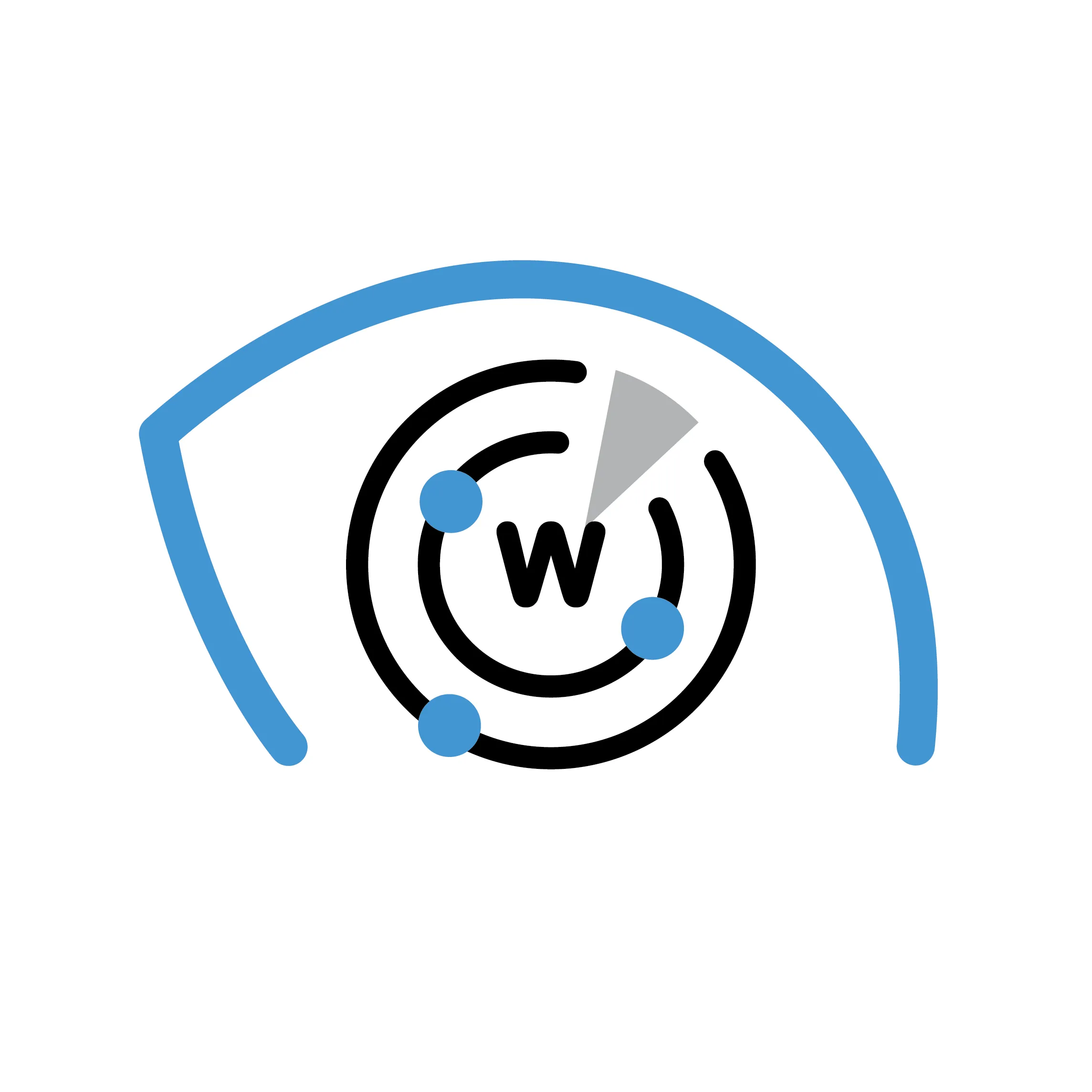4,184 reads
Reverse WHOIS Domain Lookup: Two Tools to Track Criminal Footprints
by
February 1st, 2020
Audio Presented by

Top Whois, DNS, IP and threat intelligence data provider. We provide APIs, databases, and tools.
About Author
Top Whois, DNS, IP and threat intelligence data provider. We provide APIs, databases, and tools.